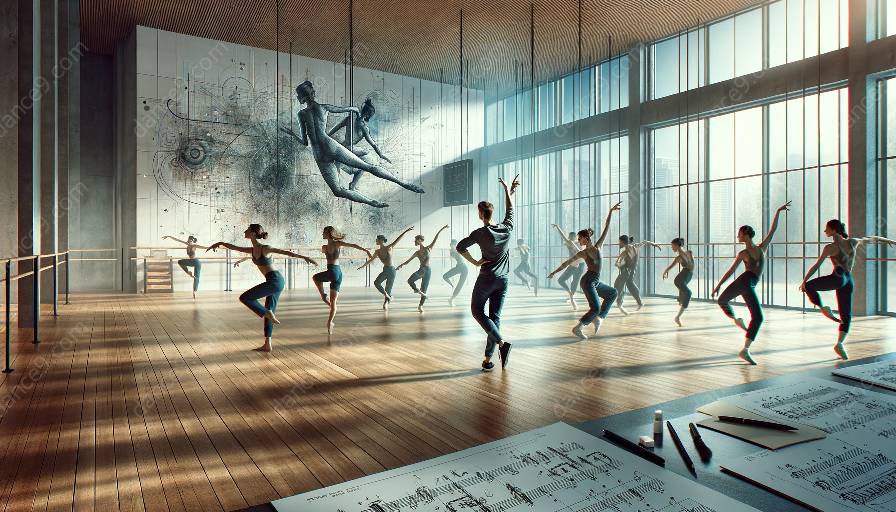Contemporary dance is a unique form of expression that encompasses a variety of movement styles, techniques, and creative concepts. Within this dynamic art form, choreographers often employ props and set design to enhance the visual and conceptual impact of their work. The use of props and set design in contemporary dance choreography adds layers of meaning, emotion, and narrative depth to performances, creating immersive experiences for both performers and audiences.
Understanding the Role of Props and Set Design
In contemporary dance, props and set design are not merely decorative elements but essential components that contribute to the storytelling and artistic expression. Choreographers carefully consider how props and set pieces interact with the movement vocabulary, spatial dynamics, and thematic content of their choreography. By integrating props and set design, choreographers can shape the atmosphere, symbolism, and visual composition of their pieces, ultimately amplifying the impact of the performance.
Enhancing Movement and Expression
Props and set design offer choreographers innovative opportunities to extend the possibilities of movement and expression. Whether it's a simple object or an elaborate set piece, the strategic use of props can influence the dynamics of movement, provide physical support, and introduce elements of unpredictability into the choreography. Furthermore, set design can establish spatial boundaries, create sensorial environments, and prompt unique interactions between dancers and their surroundings, enriching the overall aesthetic and sensory experience.
Symbolism and Narrative Development
Within contemporary dance, props and set design serve as powerful tools for conveying symbolism and advancing narrative development. Through carefully chosen props and meticulously crafted sets, choreographers can imbue their work with layers of metaphorical meaning, abstract concepts, and emotional subtext. These visual elements often serve as tangible manifestations of the choreographer's vision, allowing performers to engage with concrete objects and settings that embody the thematic essence of the choreography.
Collaborative Exploration and Artistic Innovation
The integration of props and set design in contemporary dance choreography encourages collaborative exploration and artistic innovation. Choreographers often collaborate with designers, visual artists, and craftsmen to conceptualize and realize their vision for props and set pieces. This collaborative process fosters a cross-disciplinary exchange of ideas, techniques, and perspectives, ultimately leading to the creation of multi-dimensional and evocative performance environments.
Immersion and Audience Engagement
Props and set design captivate audiences by immersing them in the world of the performance and inviting them to engage with the choreographic narrative on a visual and sensory level. The strategic use of props and set design can prompt emotional responses, evoke curiosity, and evoke a profound connection between the audience and the performers. By enhancing the visual and tactile dimensions of the performance space, props and set design contribute to a holistic and immersive audience experience.
Conclusion
Props and set design play a pivotal role in the creative landscape of contemporary dance choreography, offering choreographers a rich palette of visual, spatial, and conceptual possibilities. As integral components of the choreographic process, props and set design enrich the expressive language of contemporary dance, allowing choreographers to shape compelling narratives, evoke emotive experiences, and transport audiences into evocative realms of movement and visual storytelling.




























